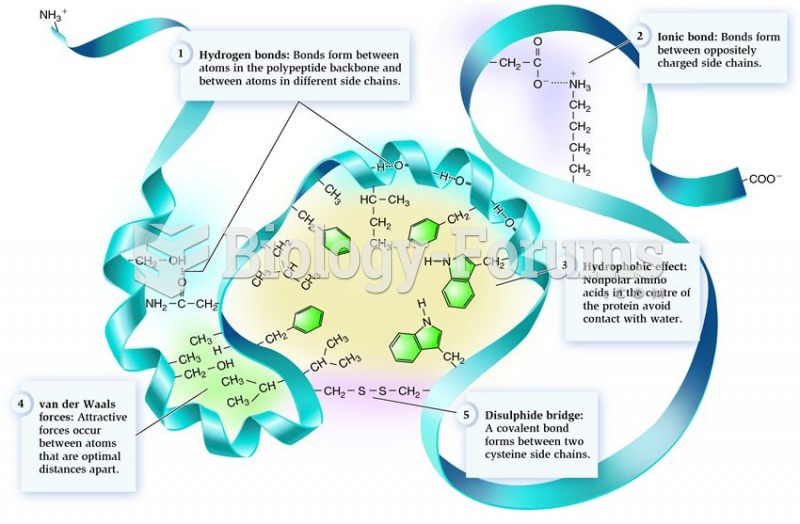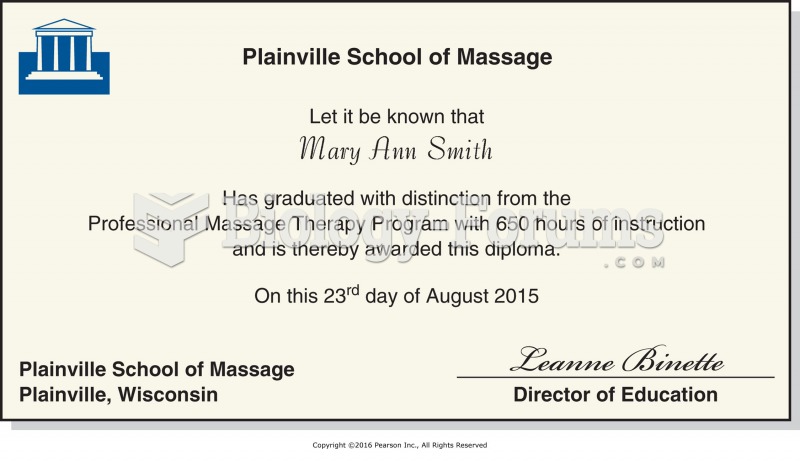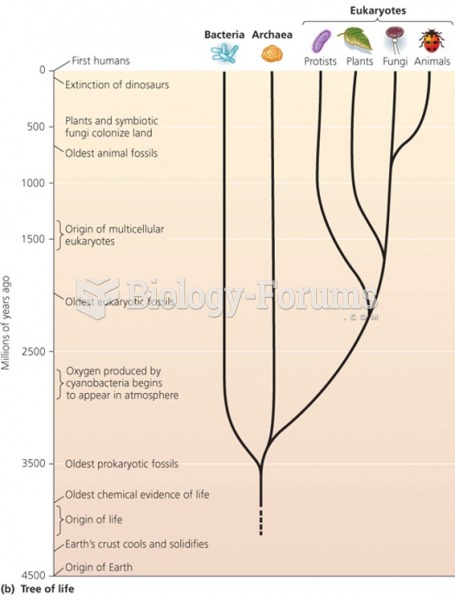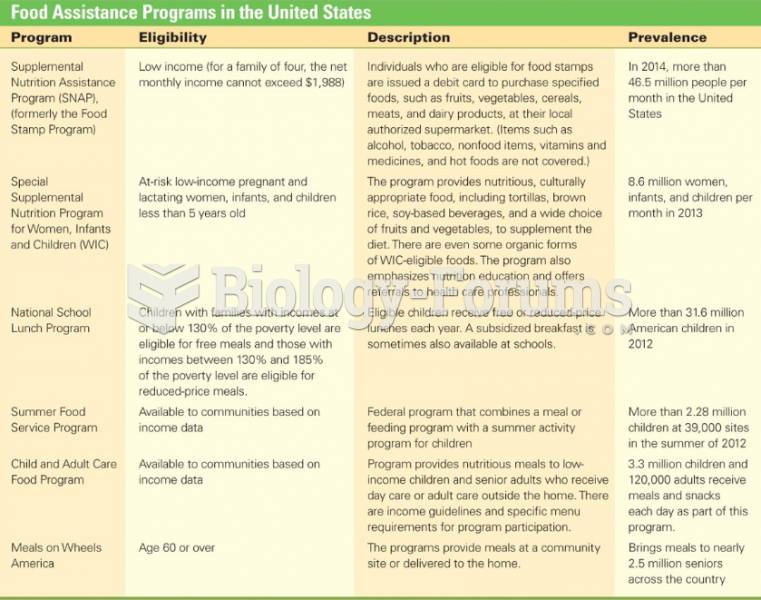Answer to Question 1
Assessing needs: program ideas must not be based only on ideas from program leaders or staff, but must also be viewed as a need by families, conduct needs assessments in forms that will get adequate response rates
Format of programs: multiple forms must be provided, assess family preferences, matching design based on expressed need of families, plan should include active involvement of families, consider family needs for social support, collaborate with families when planning, group meetings, information tables/boards, balance information about both children and parents/families, plan for time for parents to have open-ended discussion
Cultural differences: awareness of cultural preferences for format of events, consider independence and interdependence, be sure to hear from families from various environments
Assessing effects: provide evaluation forms for parents to complete, consider format in regards to your parents, allow for some open space so that families can share something that you may not ask about
Answer to Question 2
Parents as Teachers (PAT)
Originated in Missouri
Trained parent educators visit homes of children from birth
Two premises: all families have strengths and parents are experts on their child.
Four components: home visits, group meetings, developmental screening, connections with community resources
Research has demonstrated effectiveness
HIPPY
Originated in Jerusalem and adopted in Tulsa, OK
Paraprofessionals provide services in homes for 3, 4, and 5-year olds
Benefits for children: skill development, confidence, easier adaptation to classrooms
Benefits for parents: increased sense of own abilities, satisfaction of teaching their children, excitement of seeing childrens development, time for fun and learning, positive relationships with paraprofessionals, connection with other agencies
Research has demonstrated effectiveness







